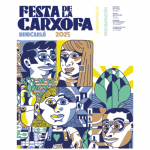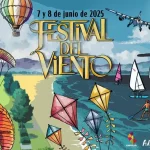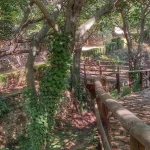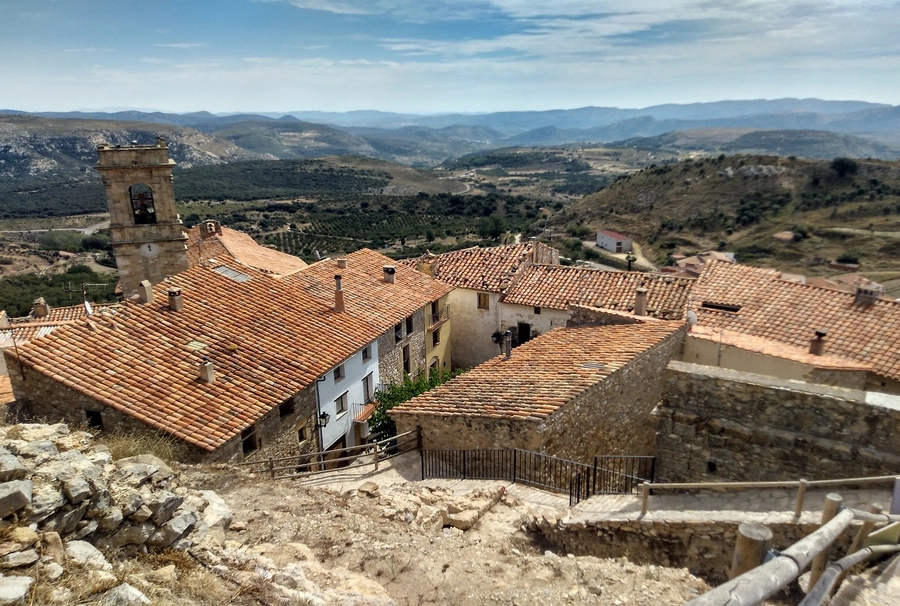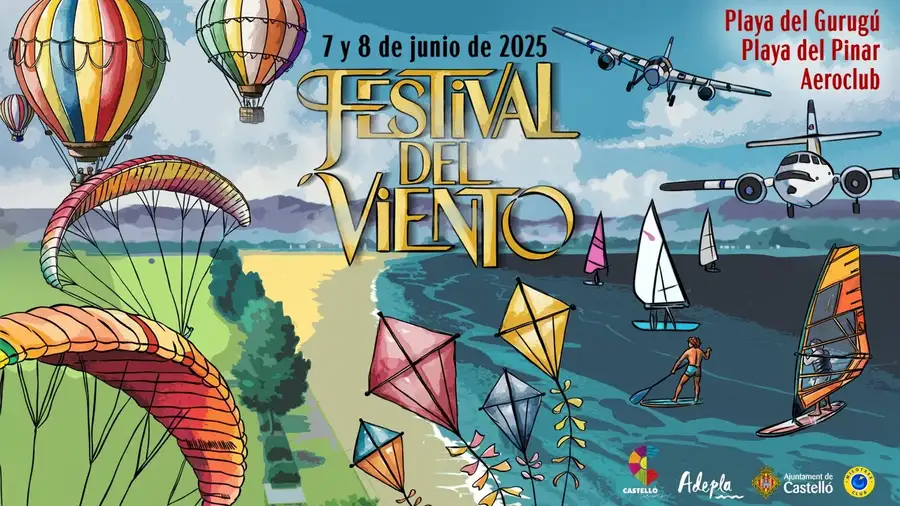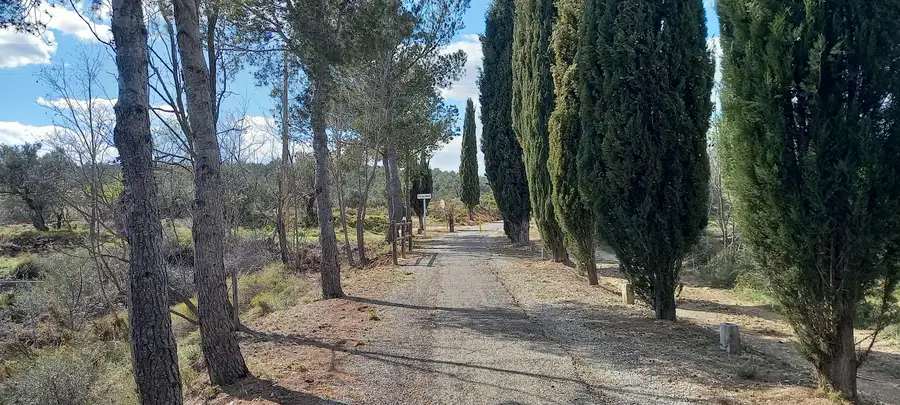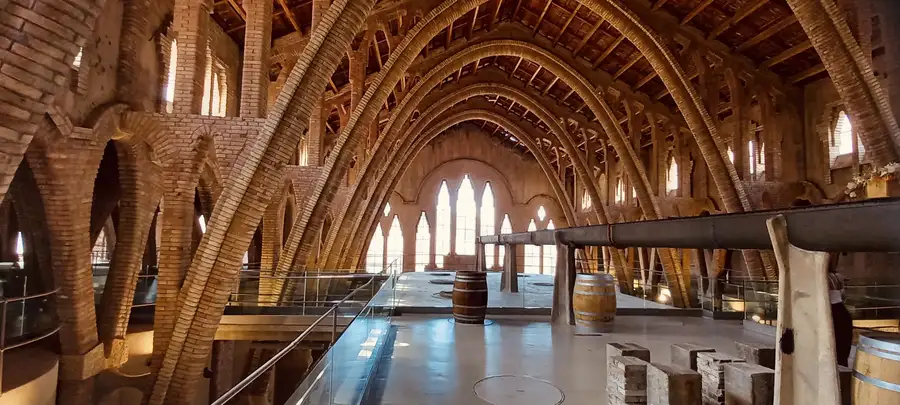- Location
- Its history
- This was our visit to Culla
- Where you will find more information:
- What to visit near Culla:
Location
The village of Culla in the Alto Maestrazgo region of the province of Castellón invites us on a journey into the past. Its historical monuments and cobbled streets lead us little by little, through a route with very detailed information panels, through all the spaces and nooks and crannies that we can find in the village of Culla. All of this means that this small municipality belongs to the list of ‘The most beautiful villages in Spain’. For all these reasons it has been declared a Historic-Artistic Site.

Its history
To tell you very briefly about its origins, I would like to tell you that documentation has been found about the beginnings of Culla.
It dates back to the time of the Muslim kingdoms. In the 13th century it was conquered by Don Blasco de Alagón and in 1303 it became part of the Order of the Temple, who were mainly interested in this site due to its strategic location between Aragon and Valencia, being an essential point for the expansion of Christianity.
Actualmente Culla forma parte del proyecto de Territorio Templario de la provincia de Castellón, junto con los municipios de Alcalá de Xivert y Peñíscola.
Peñíscola Territorio Templario
Alcalá de Xivert – Territorio Templario
This was our visit to Culla
We did this excursion in August in our car, we had no problems getting there, the route is well signposted and the road access is good.
Siendo previsores madrugamos un poquito y así cuando llegamos a Culla eran sobre las 10 de la mañana, el pueblo estaba muy tranquilo y esto nos permitió hacer las fotos con más detalles.
Empezamos la visita en la Calle Ronda de San Roc, donde encontramos la parte de muralla con 3 grandes contrafuertes en muy buen estado de conservación y siguiendo los paneles informativos fuimos haciendo el recorrido de todos los puntos destacados del pueblo.

Son 18 puntos o paneles informativos, entre ellos nos fuimos encontrando, el Mirador de San Roc, La plaza del pardal punto de reunión antiguamente, donde destacan en la parte alta de las casas los «Socarrats» unos de los más antiguos de la Comunidad Valenciana. También pasamos por el antiguo Hospital y colegio, en el cual se ha conservado una planta del edificio como museo, donde se puede visitar (dentro de unos horarios) una recreación de como eran las clases antiguamente.

Seguimos el sentido de la ruta pasando por la Iglesia del Salvador reconstruida sobre las ruinas de un Templo medieval que se construyó a finales del siglo XIV. Destacar que en el campanario hay 3 campanas de diferentes épocas y una de ellas «La Grossa» de estilo gótico, es del año 1404 y una de las más antiguas de nuestra comunidad.


Culla Castle
The ascent to the ruins of the castle offers several viewpoints with wonderful views of the surroundings, and on clear days you can even see the Bartolo peak and the Penyagolosa peak.
El Castillo se construyó durante la ocupación Árabe y fue destruido durante las Guerras Carlistas.
Iniciando el descenso por la ladera sur del castillo hacia la zona del Calvario, sorprende la construcción de la muralla salvando la rocosa montaña.
Following the route of information panels we arrive at the Porta Nova, which is the only entrance still standing, of all the entrance gates of the old fortress of Culla.


The ‘Perxet’ (porch) is a construction that has been preserved since ancient times and it is a portal with a pointed arch from the 14th century made in Gothic architecture. Next to the Perxet we find the old prison used during the Carlist Wars and the Civil War.
This brings us to the final point, the font portal, which can also be the start of the route.
It is very close to the visitor reception centre, where we were very kindly attended to and given maps and instructions on how to follow the route. There are also guided tours at set times.

Culla is a very clean and well preserved village, concerned about its heritage and perfectly adapted to people with functional diversity, it is a quiet village where you can enjoy a relaxed tourism, it has a good offer in rural establishments where you can enjoy rich gastronomy and rest.
Our visit was very brief, we spent a morning touring the old town, but it was clear to us that Culla is much more, so we have an unfinished business with this beautiful village in the Alto Maestrazgo.

Where you will find more information:
On the official Tourism website, Culla Tourist Information Point. http://cullamagicaymedieval.es/
What to visit near Culla:
La Carrasca de Culla.
Declared a monumental tree of the Valencian Community, it is located in a private enclosure on the road between Culla and Torre d'en Besora.
It can be seen perfectly from the car park set up for the Restaurant, and my advice is that you should visit it, as in the photos you cannot appreciate the size of this tree, which is more than 500 years old.
The Maestrazgo Mining Park.
Follow our entry related to this Mining Park and you will have all the information:
The Astronomical Observatory (Astro-Maestrat)
http://astromaestrat.es/observatorio/?v=ca0a754733ae
Marked local trails of different routes.

